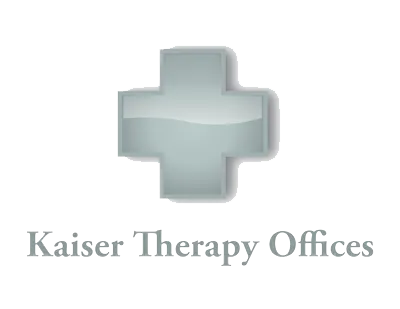Published on 2 January 2013 under Carpal Tunnel Syndrome
Carpal Tunnel Syndrome (CTS) is a very common problem affecting a large population (1 out of 20 in the general population) including typists, assembly line workers, postal employees, secretaries, servers/waiters, musicians, carpenters, and many others. CTS drives a high level of cost to the health care system between time lost from work, treatment costs, and short and long term disability payments (on average $30,000 per claim, and this is an old stat!). Continued CTS signs and symptoms can persist long after surgical treatment and the question that typically arises when this happens is why? Lets take a look at reasons for failed treatment of CTS
The classic non-surgical medical management model for treating CTS includes non-steroidal, anti-inflammatory medication (like ibuprofen), rest, and the use of nocturnal (night time) wrist splints. This approach works in some cases, but in the majority, it is unsuccessful and leads to the next medical management step: surgery.
The classic chiropractic management model for treating CTS includes similar initial treatment approaches including anti-inflammatory measures, rest, and night wrist splints. One anti-inflammatory measure is ice massage or cupping, where the ice is rubbed directly on the skin until numbness is achieved (this usually takes about 4 minutes). Prior to numbness, there will be a burning and aching often described as intense, like a brain-freeze when I drink a slushy too fast. The ice cup approach can be repeated several times a day. Other anti-inflammatory measures may include the use of herbal anti-inflammatory nutrients such as ginger, tumeric, boswellia, bioflavinoids, and/or the use of digestive enzymes taken between meals to help reduce the inflammation. The rest component is also shared by both models as is the use of the night wrist splint. So, what makes the chiropractic model different?
The nerve affected in CTS is called the median nerve. It arises initially from the nerves in the neck, specifically, C6-8 and T1 nerve roots which are part of the brachial plexus. These form into one nerve (the median nerve) which travels through small openings, first at the neck followed by the shoulder (called the thoracic outlet), then into the arm through a muscle at the elbow (pronator tunnel), and finally through the carpal tunnel at the wrist to innervate the hand including the palm and the 2nd, 3rd digits and thumb side of the 4th finger. The median nerve can get crushed in more than one tunnel and treatment must address the WHOLE nerve, not just at the carpal tunnel / wrist. This chiropractic management of CTS helps many patients because the nerve along its entire course including the neck, shoulder, and elbow is treated, not just the wrist!
We realize you have a choice in who you consider for your health care provision and we sincerely appreciate your trust in choosing our service for those needs. If you, a friend or family member require care for CTS, we would be honored to render our services.
